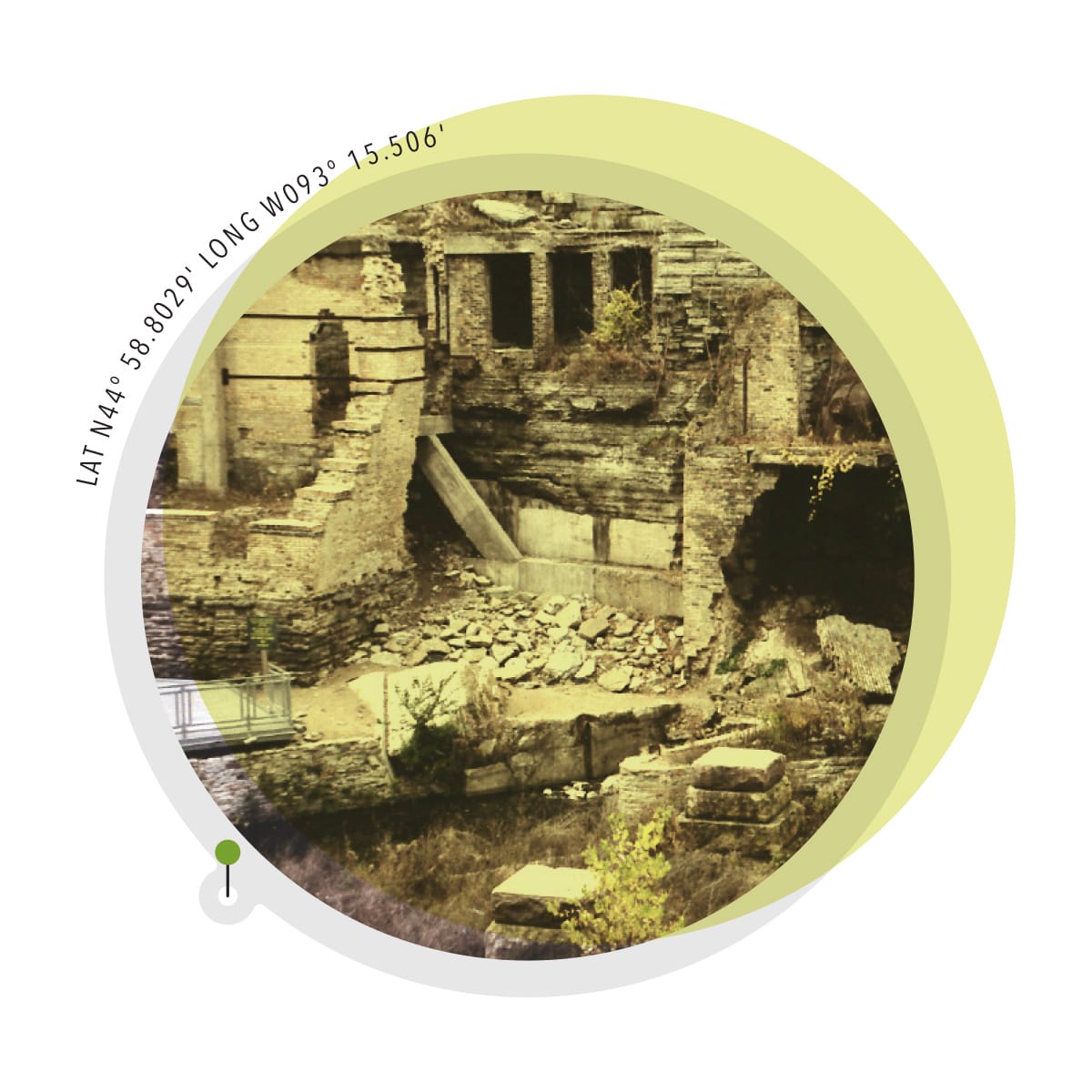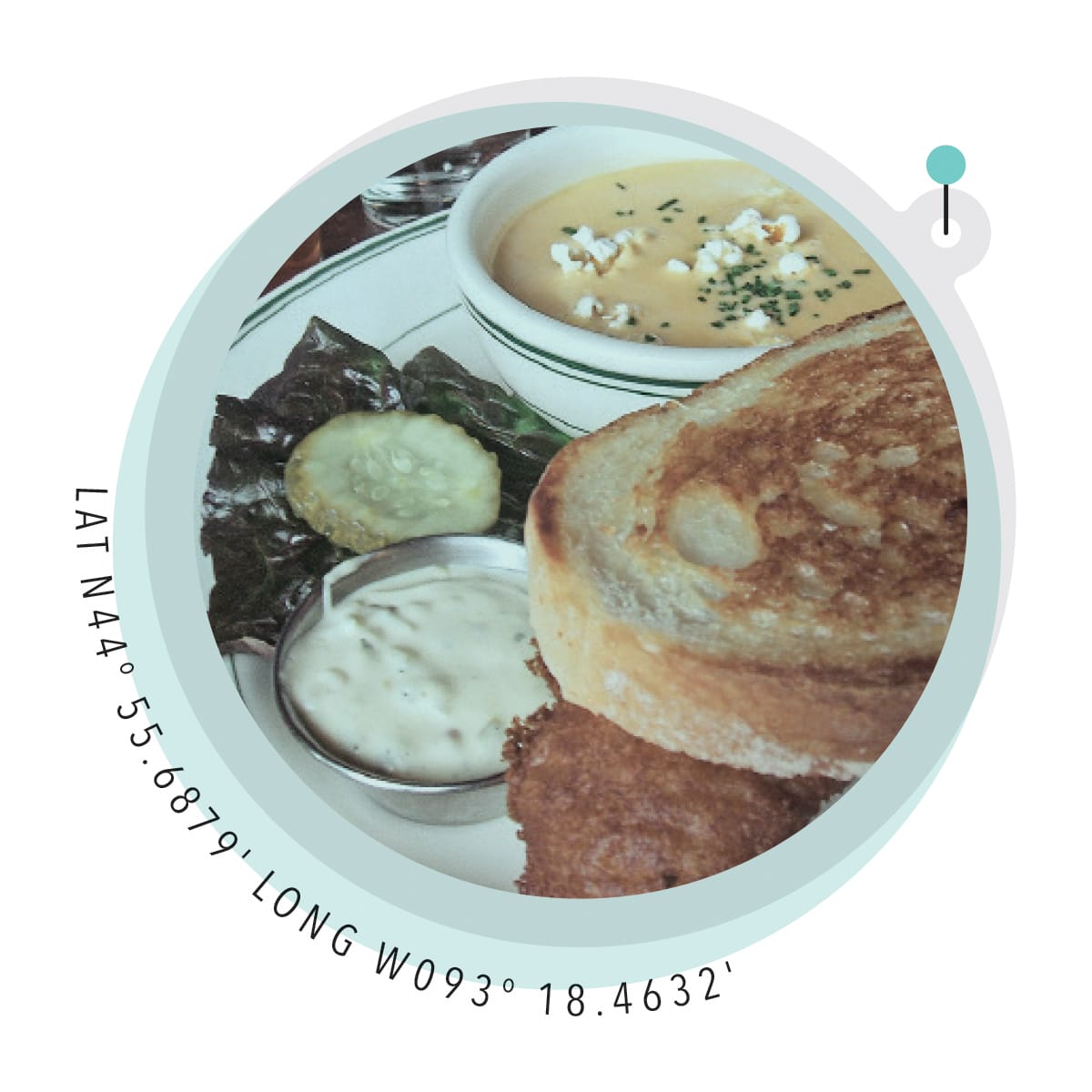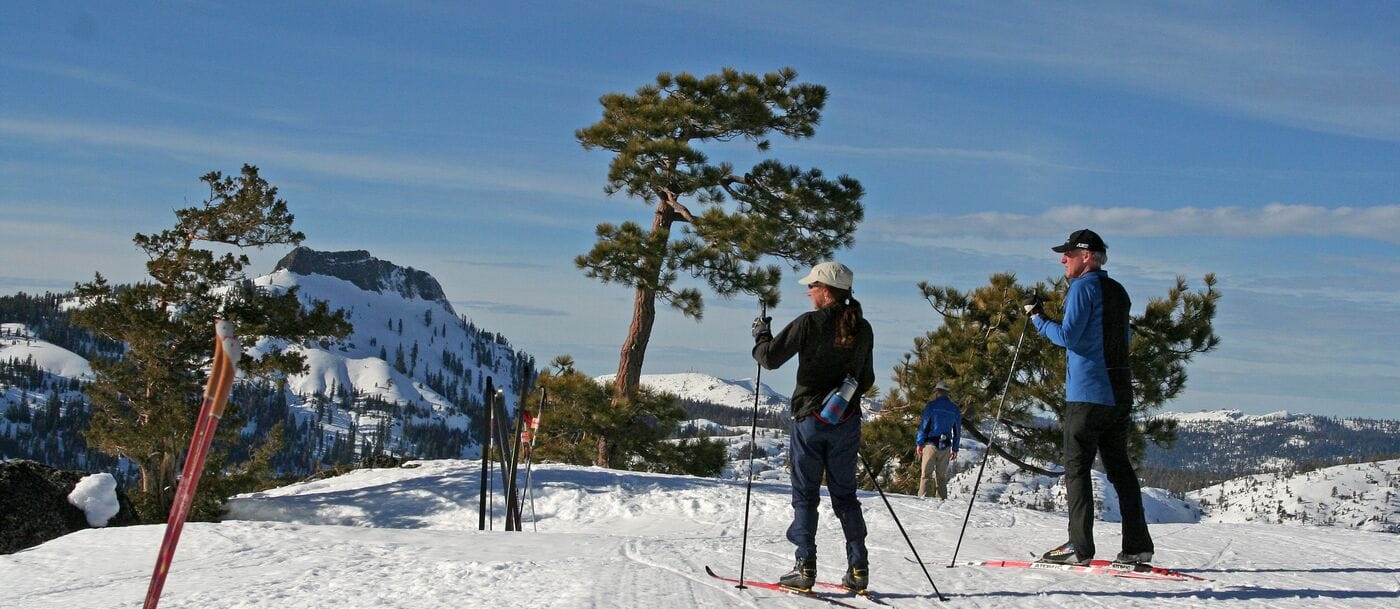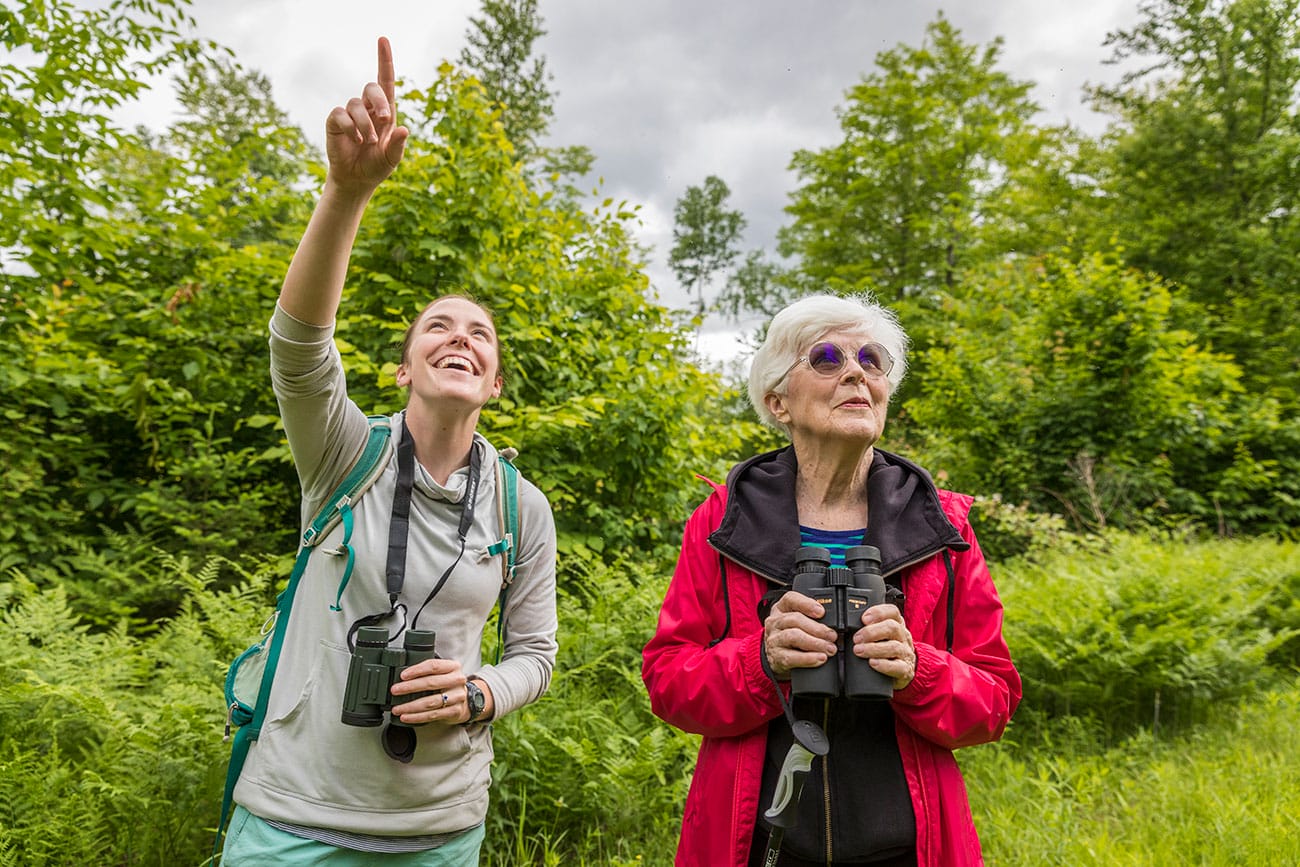
The perfect day in a winning city
The perfect day in a winning city
Despite their reputation for Midwestern politeness, residents of St. Paul and Minneapolis are locked in an intense rivalry—and it’s not a fight for the best sports teams, hippest concert venues, or tastiest restaurants. It’s about parks.
The Trust for Public Land ParkScore® Index ranks U.S. cities based on park access, acreage, and funding. In 2015, the Twin Cities tied for first place. This year’s rankings—which expand the field from 75 cities to 100—show Minneapolis narrowly edging out St. Paul to claim the top spot.
Where to start in a city with so many great parks? To find out how to make the most of a day in Minneapolis, we asked local writer and historian Jon Spayde to take us on a one-day whirlwind tour of his favorite spots. The only rule: no cars. Just people-power and public transit. Here are his top picks:

Where do you begin a day of park-hopping in a city with close to 7,000 acres of options? My pick is a place that celebrates how the city got its start: Mill Ruins Park, a monument to the factories that once made Minneapolis the flour capital of the world. I descend the stairway onto metal catwalks with views of the millraces—the great stone inlets, now dry, that diverted river water to power the mills. Much of the park is dotted with history placards and great chunks of stone—it’s the ideal place for reading, thinking, and meditating on things past.
 I clamber back up to street level for a two-bus jaunt to the Walker Art Center’s Minneapolis Sculpture Garden, home to more than 40 works by internationally famous artists. A series of serene, tree-lined outdoor galleries featuring smaller pieces yields to open fields and more massive artworks, like the city’s iconic Spoonbridge and Cherry sculpture by Claes Oldenburg and Coosje van Bruggen. And I can’t visit the garden without stopping by Brower Hatcher’s Prophecy of the Ancients, a whimsical wire dome over four stone pillars, under which I was married nearly 20 years ago.
I clamber back up to street level for a two-bus jaunt to the Walker Art Center’s Minneapolis Sculpture Garden, home to more than 40 works by internationally famous artists. A series of serene, tree-lined outdoor galleries featuring smaller pieces yields to open fields and more massive artworks, like the city’s iconic Spoonbridge and Cherry sculpture by Claes Oldenburg and Coosje van Bruggen. And I can’t visit the garden without stopping by Brower Hatcher’s Prophecy of the Ancients, a whimsical wire dome over four stone pillars, under which I was married nearly 20 years ago.

The Walker is one of many sites in town where you can rent a bike through the city’s Nice Ride program, so I hop aboard one of the little green machines for a ride down to Lake Harriet, my favorite of the great urban lakes that give parts of the city a seacoast feel. Here boats bob at anchor, bicyclists glide on hilly park paths, and I lunch on another Minnesota icon—a walleye sandwich, done and sauced to perfection, from locavore hotspot Bread and Pickle, the official park commissary.

I hop back on my bike for a trip into the heart of Minneapolis and the unexpectedly vast and gorgeous green space of Powderhorn Park. Powderhorn is best known as the site of the colorful Return of the Sun pageant that caps the city’s funky May Day parade. The rest of the year, the park offers residents from nearby neighborhoods—including many students, activists, and immigrants—a place to stretch their legs. I could hear Somali and Spanish spoken from the playing fields as I walked my bike around an urban park designed to seem a hundred miles from any city.
Having begun my park day with industrial history, I had to wind it up with romantic literary history at Minnehaha Park. I leave my bike at a Nice Ride station and hop on a Hiawatha-line light-rail car for the quick southward trip. This vast and rambling park includes a vintage railway station and a restored pioneer house—but the main attraction is Minnehaha Falls, a 50-foot cataract to which you descend on a series of switchback stairways.
The falls became Minneapolis’s premier 19th-century tourist attraction after Henry Wadsworth Longfellow celebrated them in “The Song of Hiawatha.” They still attract plenty of visitors, including locals like me who love to experience parks that are more than green spaces—parks that are spaces to explore history, aesthetics, gastronomy, politics, and life itself.
Want to see how your city stacks up? Check out the 2016 ParkScore rankings at parkscore.tpl.org.
One-third of Americans, including 28 million children, lack safe, easy access to a park within a 10-minute walk of home. Urge your senators to allocate funding to create parks and enhance outdoor recreational opportunities by championing the Outdoors for All Act today!


Donate to become a member, and you’ll receive a subscription to Land&People magazine, our biannual publication featuring exclusive, inspiring stories about our work connecting everyone to the outdoors.
See how our supporters are helping us connect people to the outdoors across the country.






